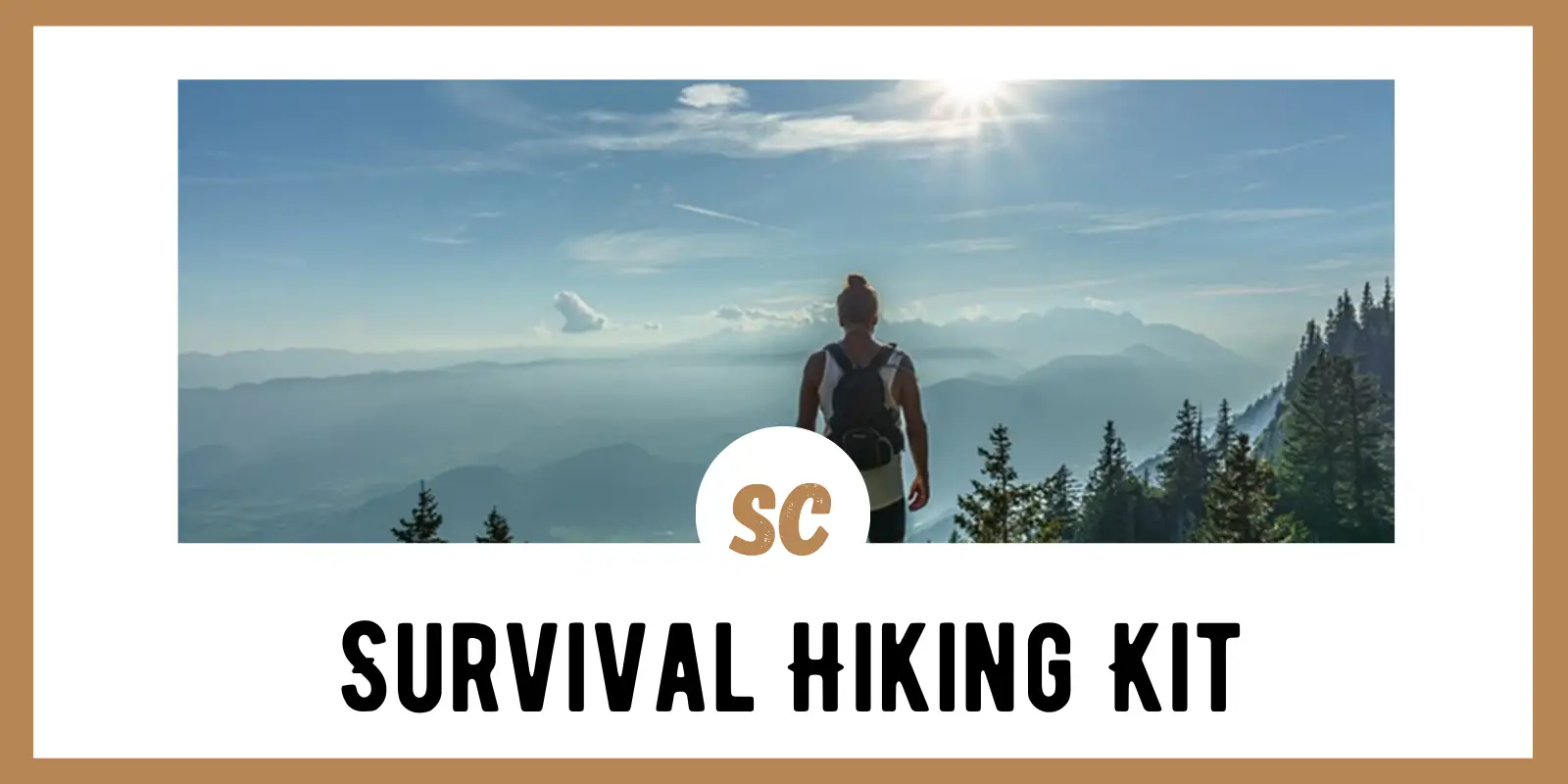The jury is still out on the usefulness of bunkers; at least, as far as I’m concerned. Militarily, the predecessors to bunkers came about to protect people from bombardment by artillery. I don’t have any historic evidence to prove this, but that was probably during the Middle Ages, when the artillery in question was hurling rocks. As artillery became more sophisticated, those who needed to protect themselves from that artillery had to become more sophisticated as well, building better fortifications, which could withstand the barrage.
But none of that was truly bunkers in the way we think of them today – enclosed, underground structures that one can seal themselves into, in order to protect themselves from attack. Those modern bunkers came about thanks to aerial bombardment, something that wasn’t a big part of warfare until World War II.
I bring all this up because bunkers were not originally intended to protect the occupants from angry mobs. Not that they can’t; but that’s not what they were designed for. Angry mobs can be rather creative in causing mischief and that can include hooking a hose from somebody’s exhaust to the air intake for the bunker, gassing the inhabitants to death.
I say all this not to dissuade you from the idea of building a bunker; but rather to warn you of the limitations that are inherent with any bunker design. Don’t let yourself fall into the trap of thinking that just because you build a bunker, you’ll be impervious to any attack. At best, bunkers are passive defensive measures, needing some sort of active defenses to help them work. On the plus side, they are excellent passive defenses which can help to make active defenses more effective, protecting the defenders while they defend themselves and others.
As a little food for thought, some of the most effective bunkers ever built were done so to be fighting positions, not hiding positions. While it would be necessary to have a hiding position to protect you from bombs being dropped from aircraft, that wouldn’t be needed to defend the Normandy beach from the Allied invasion on D-day. There, the bunker needed to protect the fighters, while they fight the invaders.
Avoid These Dangerous Errors
As part of being able to defend you, you have to take into consideration some of the common mistakes that people make, which make them vulnerable to attack. You can’t assume that any attackers are going to act the way you expect them to. Rather, you need to design your bunker in a way that allows you some flexibility in your defense, as well as minimizing their options in attacking you.
The best bunkers are well-hidden, making them hard to find, let alone attack. We’re not talking about enemies with nuclear bombs or even 500-pound bombs. The worst they may have, is a homemade bomb of some sort. While those can be serious, being underground mitigates large against their effectiveness. If they can’t find your bunker, they won’t even know where to try using that bomb.
Almost more important than hiding the bunker itself is hiding your air handling system. As I mentioned earlier, it doesn’t take much to kill people hiding in a bunker, if you can find their air intake tube. If they can find that and have a running vehicle, they can pump carbon monoxide into your bunker, winning the battle without firing a shot.
Your air intake should not only be hidden; but far from the bunker itself. The closer it is, the easier it will be to find, no matter how well it is hidden. By placing it further away, you greatly increase the area they have to search, in order to find it. They may not even look that far, thinking it can’t be more then 20 feet away.
Speaking of distance, many people build their bunkers with an “escape hatch” to get out in case of attack. But those escape hatches are no more than 50 feet away from the main entrance. I don’t know what the people building such bunkers have been thinking; but if you pop up a mere 50 feet away, they can easily shoot you. That escape hatch needs to be a couple hundred feet away, preferably on the other side of the hill, where it isn’t even visible from your main entrance. That will allow you to mount an effective counterattack.
Of course, to mount that counterattack, you’ll need to know what’s going on outside. That means some sort of surveillance system, like cameras. While those might be susceptible to EMP, they are inexpensive enough that you could have spares stored in the bunker and swap them out. Just be sure to use small cameras and place them where they, and the wires leading to them, can’t be spotted. Make your surveillance system a priority for whatever electrical power system you install.
With that in mind, we can turn to the question of building an affordable bunker. I won’t bother looking at the cost of auxiliary systems, like air handing and water management, but just at the cost of the bunker structure itself. Those support systems are going to cost the same, no matter what sort of bunker you build.
There are two possible ways of constructing a bunker that I’ve seen, which seem to be effective. They are converting a used cylindrical metal tank and building it out of cement and cinder block. I’ve seen precast concrete culverts mentioned a few times; but have never found precast culverts that are big enough to give any reasonable ceiling height. Perhaps they exist; but I haven’t seen them.
If you can find a used cylindrical metal tank, they are ideal for building bunkers. In fact, they are so ideal, that there are companies that are building bunkers commercially, made from new tanks. The trick, of course, is finding one.
If you use a tank of this sort, keep in mind that you’re going to need a crane to get it into the ground. You’re also going to need to build some sort of floor decking, so that you can have a level surface to walk on. Still, it’s a good option and one that you should definitely consider.
If you can’t find a steel tank you can use, then the other good option to consider is building it out of cinder block. One nice thing about this, is that it doesn’t take a lot to learn how to build with cinder block. It’s not like its exterior brickwork, where everyone will be able to see if you make a mistake. Another nice thing about cinder block is that you can build it just about any shape you want.
A cinder block bunker would require a concrete floor and ceiling. You can go with a thin concrete floor (2 to 2-1/2 inches), with remesh, if you put it over a bed of gravel. Just make sure there’s a footer around the edge, to support the weight of the walls and roof. A few concrete columns, embedded in the wall, will help with supporting the concrete roof.
Concrete roofs are a bit tricky to build, but I’ve seen a lot of them built in Mexico. The tricky part is supporting the concrete while it sets. That’s accomplished through supporting the concrete with used 2x4s and either plywood or corrugated metal. Judicious use of rebar is essential. The supports can be removed once the concrete has cured, giving an open living area.
Conclusion
It all boils down to what you can afford and how much you want to protect your family. Then again, you need to figure out what threats you face and whether a bunker is the right answer for you.
Remember, no matter what you do, building the structure itself will only be about half of your total bunker cost. There really is no cheap solution. Building a bunker is costly, which may explain why so few people have them.






![[VIDEO] Transforming an LMTV into the Ultimate Bugout Overlander – Part 2 [VIDEO] Transforming an LMTV into the Ultimate Bugout Overlander – Part 2](https://survivalcove.com/wp-content/uploads/2022/11/article-LMTV2_edited-370x297.jpg)





















